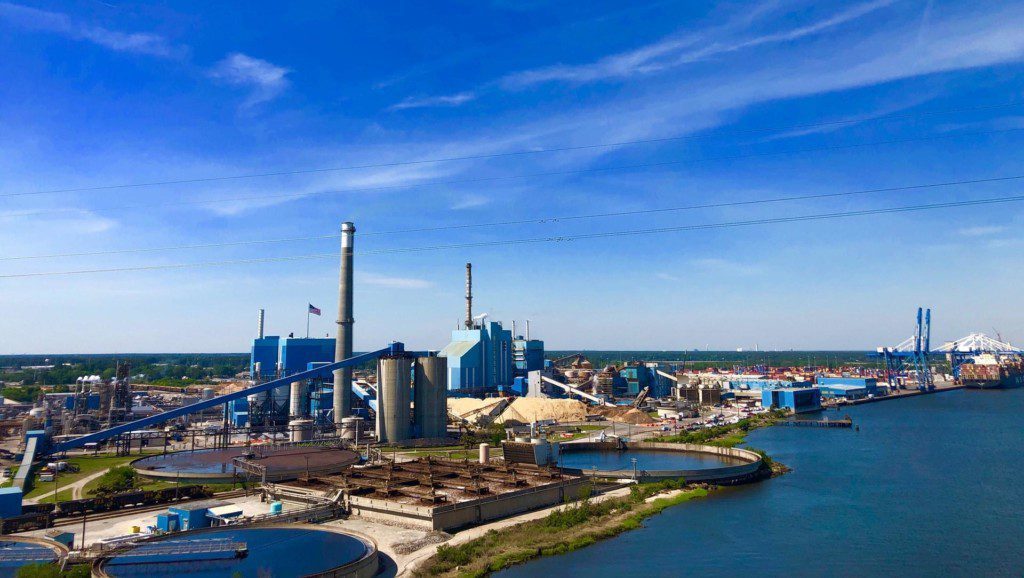Every year, estimated population data is used to identify how much water is used on national, state, and county levels. In California, this data is created and compiled by the USGS National Water Use Compilation in coordination with the California Water Science Center. These estimates also take a look at the type of water that’s used in the state, which could be anything from groundwater to surface water. This article offers a detailed and extensive look at the main factors that contribute to the amount of water that’s used in California.
Key Takeaways:
- California’s water usage is estimated every year through data produced by the USGS National Water Use Compilation.
- The five main consumers of water usage are: electricity, agriculture, almonds and walnuts, meat products, and manufacturing. We discuss these in depth below.
- To be more mindful about water usage, our article gives suggestions and tips on how to save water in our daily tasks.
5 Major Consumers of Water Usage
The five major consumers of water include:
- Electricity
- Agriculture
- Almonds and walnuts
- Meat products
- Manufacturing
1. Electricity
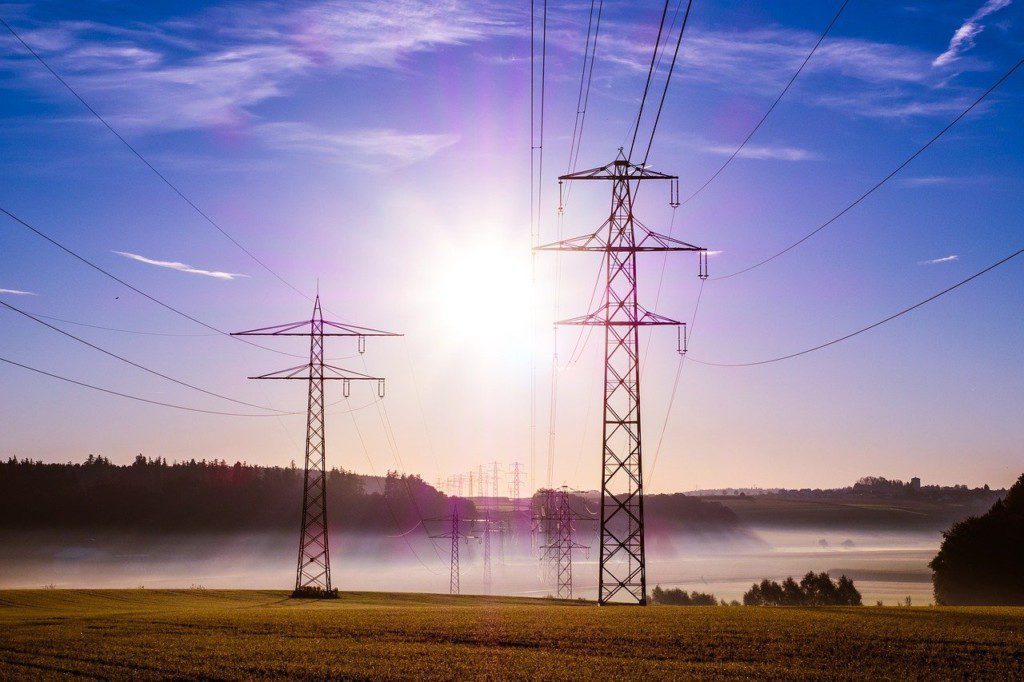 While you might not believe that electricity is a significant consumer of water, the truth is that the production of energy is currently among the largest consumers of freshwater resources throughout the world. The reason for such a high water use is that the production of energy requires ample amounts of water to cool the equipment that produces power. In 2005, over 140 billion gallons of water were used every day for energy production purposes.
While you might not believe that electricity is a significant consumer of water, the truth is that the production of energy is currently among the largest consumers of freshwater resources throughout the world. The reason for such a high water use is that the production of energy requires ample amounts of water to cool the equipment that produces power. In 2005, over 140 billion gallons of water were used every day for energy production purposes.
While the average person living in America will use around 100 gallons of water per day for household reasons, this same person uses upwards of 675 gallons of water each day for the production of energy. It’s estimated that the consumption of electricity will increase by nearly 35 percent by 2035, which means that water requirements will also increase by nearly 15 percent.
2. Agriculture
Agriculture is another major user of water, which occurs primarily because of the water needs that farmers have. With traditional types of farming, an exceedingly high amount of water is necessary to ensure that the crops are provided with the nutrients that they require to survive. Currently, it’s estimated that agriculture amounts for 70 percent of water consumption throughout the world. In the U.S., the amount of consumption is somewhat lower at 40 percent.
Keep in mind that much of the water that’s used in agriculture is wasted. The primary reason that water is wasted with farming is because of poor irrigation techniques. For instance, when farmers don’t measure the amount of water that they use with an irrigation flow meter, it’s very likely that they will use too much water in service of making sure that the crops obtain their water requirements.
Operating one of these meters is simple and can help farmers significantly reduce the amount of water that they use per day. As a result of the population increase by 2025, it’s estimated that the amount of water that’s required every year to feed the world population will rise by one trillion cubic meters.
3. Almonds and Walnuts
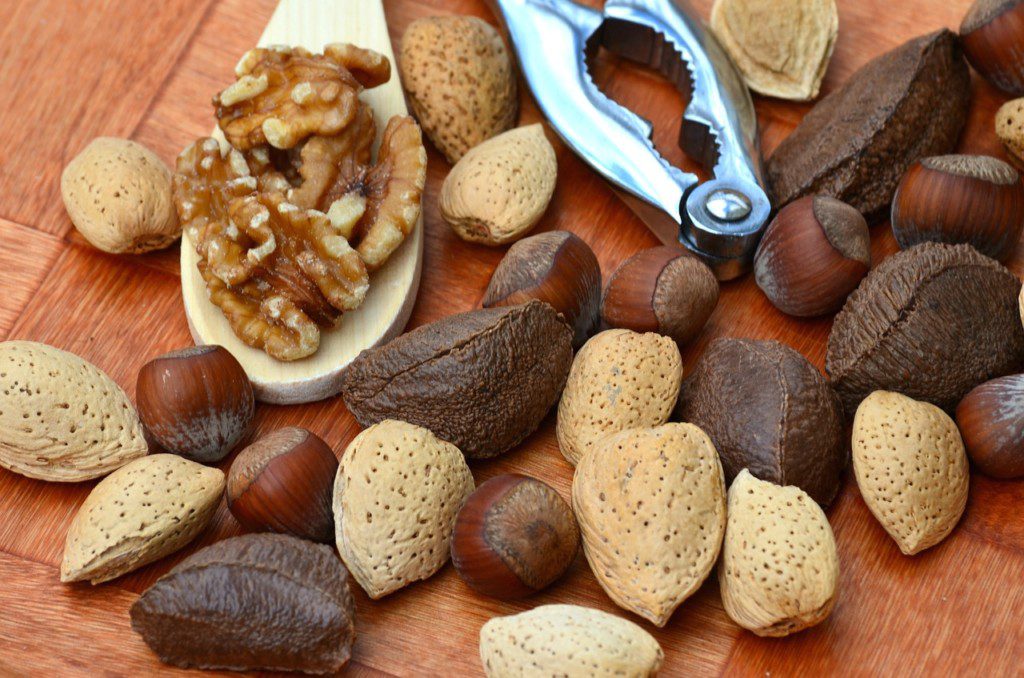 Almonds and walnuts require a surprising amount of water for the production of these food types. Shelled walnuts and almonds are among the most water-intensive foods that money can buy. In fact, around 1,000 gallons of water are needed to produce a single pound of walnuts. On the other hand, more than two thousand gallons of water are required for the production of one pound of almonds. Because of how popular walnuts and almonds are, the amount of water that’s used within this industry is very high.
Almonds and walnuts require a surprising amount of water for the production of these food types. Shelled walnuts and almonds are among the most water-intensive foods that money can buy. In fact, around 1,000 gallons of water are needed to produce a single pound of walnuts. On the other hand, more than two thousand gallons of water are required for the production of one pound of almonds. Because of how popular walnuts and almonds are, the amount of water that’s used within this industry is very high.
It’s also important to note that there are around one million acres of almond trees in California. These trees require just over one trillion gallons of water each year. Over the past few decades, however, the economic return from the water that’s used for agricultural purposes such as these has increased.
4. Meat Products
Meat products are some other highly water-intensive foods since livestock consume an ample amount of food. To understand how much water livestock require, one cow can consume several thousand pounds of food throughout its lifetime. With these numbers in mind, a pound of beef needs just under 2,000 gallons of water to be produced.
While beef is the most water-intensive meat product, two additional meat products that use a significant amount of water include chicken and pork. Chicken requires nearly 300 gallons of water for every pound. As for pork, a single pound of this meat requires upwards of 800 gallons of water. Meat continues to be consumed at a high rate, which is why the water use of meat production will likely remain high for the foreseeable future.
5. Manufacturing
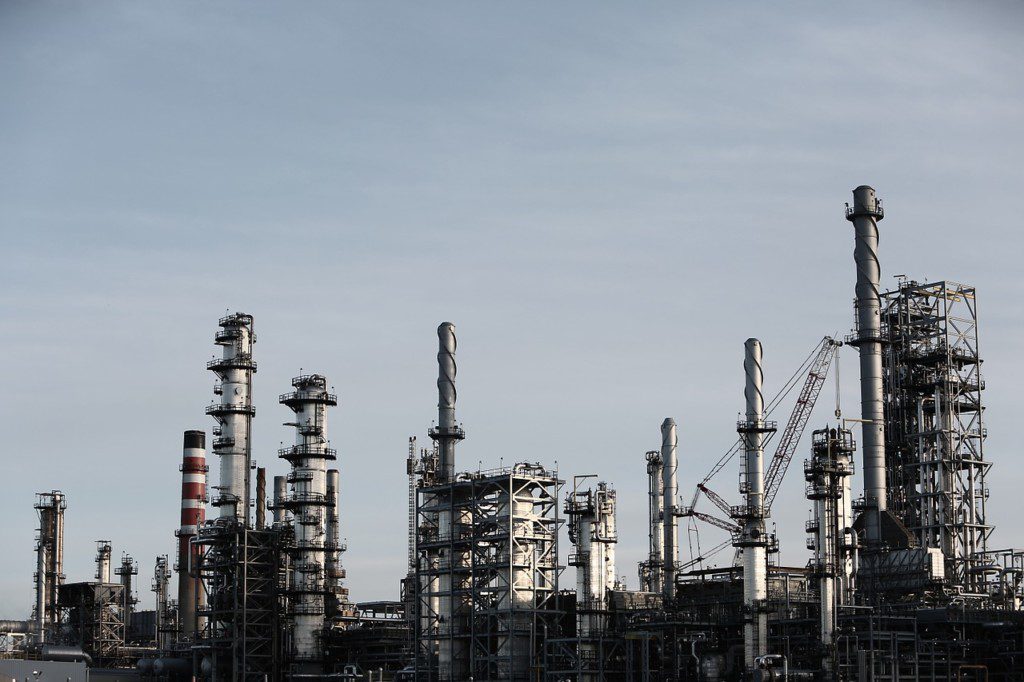 Another sizable contributor to California’s water use is the manufacturing industry. Manufacturing anything requires at least some water, which means that most of your household items were created by using a certain amount of water. To understand just how much water is used in the manufacturing of an item, it’s important to look at specific items. For instance, just under 40,000 gallons of water are used in the creation of a car with four tires.
Another sizable contributor to California’s water use is the manufacturing industry. Manufacturing anything requires at least some water, which means that most of your household items were created by using a certain amount of water. To understand just how much water is used in the manufacturing of an item, it’s important to look at specific items. For instance, just under 40,000 gallons of water are used in the creation of a car with four tires.
For a pair of shoes, you can expect anywhere from 1,500-2,500 gallons of water to be used depending on the material that the shoes are being made from. When you buy a pair of jeans, this piece of clothing takes around 3,000 gallons of water to produce. A t-shirt that’s made from cotton will use around 700 gallons of water during the manufacturing process. Even small microchips use around 8-9 gallons of water for each chip that’s created.
How to Be Mindful About Water Usage
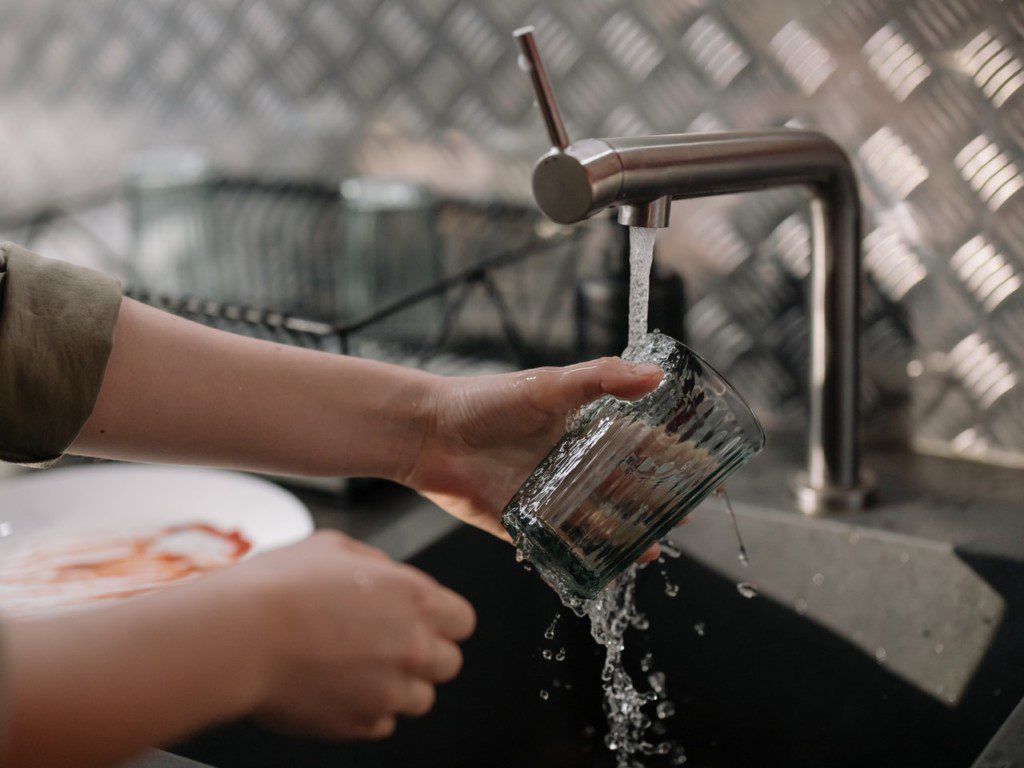 If you want to be mindful of how much water you use, there are many steps that you can take to reduce your overall water consumption. These steps include everything from taking shorter showers to only providing your plants or crops with the exact amount of water that they require. Keep in mind that all of the following steps are easy to follow and will help you reduce the amount of water that you use each day.
If you want to be mindful of how much water you use, there are many steps that you can take to reduce your overall water consumption. These steps include everything from taking shorter showers to only providing your plants or crops with the exact amount of water that they require. Keep in mind that all of the following steps are easy to follow and will help you reduce the amount of water that you use each day.
The reason why it’s important to be mindful of how much water you use is because water is an essential natural resource that becomes scarcer by the day. Even though the majority of homeowners use too much water in a given day, you can curb this trend by doing what you can to reduce water waste.
For homeowners, there have been many technological advancements that make it easier to conserve water. For instance, low-flow showerheads use much less water than standard showerheads. The same is true of toilets that have been designed with efficiency in mind. With each flush, these toilets use considerably fewer gallons of water during the process.
As for the industrial environment, there are many fantastic products that will allow you to ascertain how much water you’re using during a typical industrial process. For instance, water flow meters help to measure how much water flows through a pipe. Once you’re provided with a measurement, you can take the necessary steps to increase or decrease your water use to the needed amount.
When you’re trying to be mindful of how much water you use, you should first focus on washing, showering, and brushing. Typical faucets allow for a flow of 2.5-3.0 gallons of water every minute. If all you’re doing is brushing your teeth or washing your hands, most of this water will be wasted. As such, it’s recommended that you keep the faucet turned off until you’re fully ready to rinse off your hands.
When taking a shower, you might want to think about turning the water off as you put shampoo in your hair and place soap on your body. Over time, you should be able to save hundreds of gallons of water. If you don’t want to turn your shower off intermittently, try to take shorter showers that only last for 5-7 minutes.
It’s also important that you fix any leaks that are present in your home. If you have a leaky toilet or faucet, this leak could waste thousands of gallons of water before being fixed. If you believe that a leak has occurred but can’t find one, request the services of a professional plumber. Another step you can take is to always use full loads when washing your clothes. When your washing machine is turned on, it will use the same amount of water no matter how many clothing items have been placed in the machine.
As mentioned previously, upgrading the various fixtures throughout your home can help you conserve water. Older faucets and fixtures may be damaged or might simply use more water than newer fixtures, which is why an upgrade is necessary. If you wash your dishes by hand, it might be wise to purchase a double sink, which will allow you to keep one side filled with hot water while washing the dishes and the other side filled with cold water that can be used for rinsing.
One of the easiest ways to conserve the water you use is by collecting rainwater whenever possible. By installing a harvesting barrel for rainwater directly in your garden, you should be able to obtain rainwater and store it for later use. Once stored, this water can be used for washing your car or watering your plants.
Water is a relatively scare resource that must be conserved as the population continues to grow. While there are things that are out of your control in regards to how much water you use, all of the steps mentioned previously will assist you in reducing the amount of water that you use and protecting the environment.
